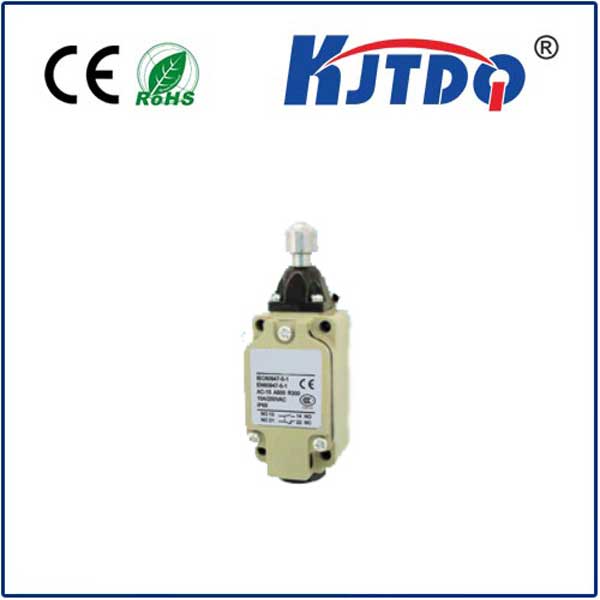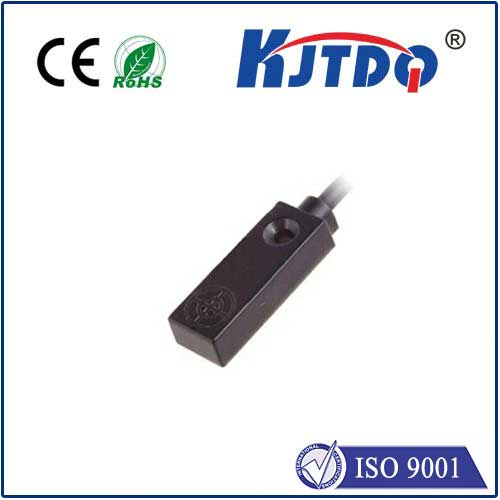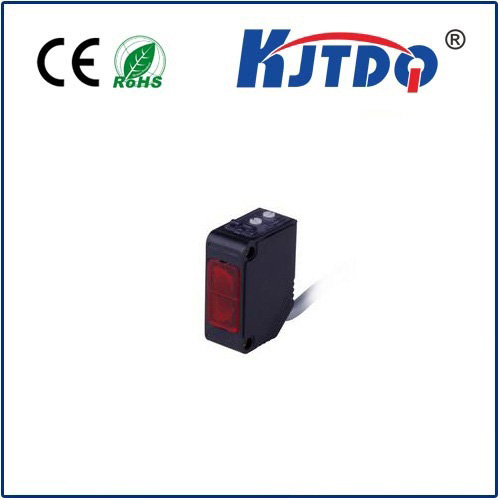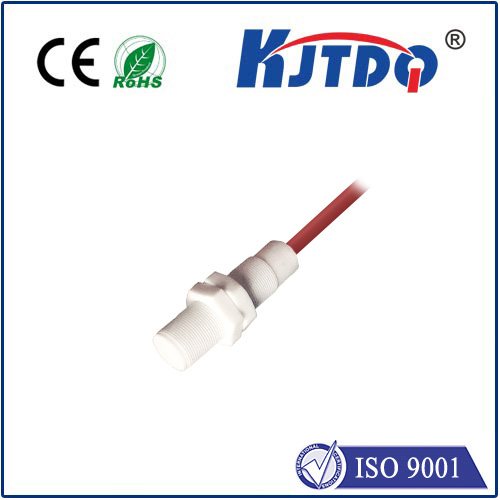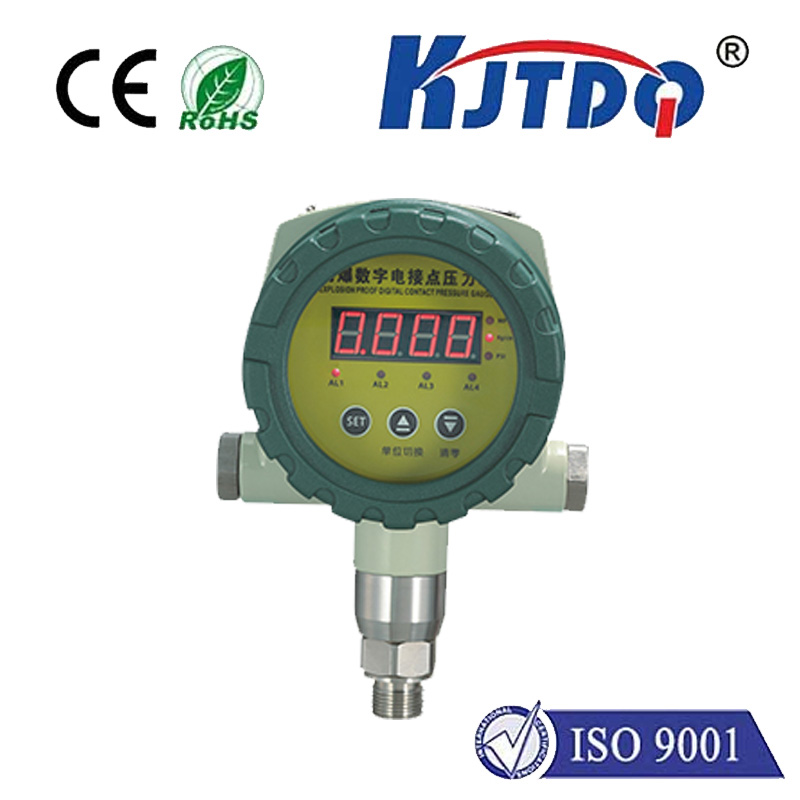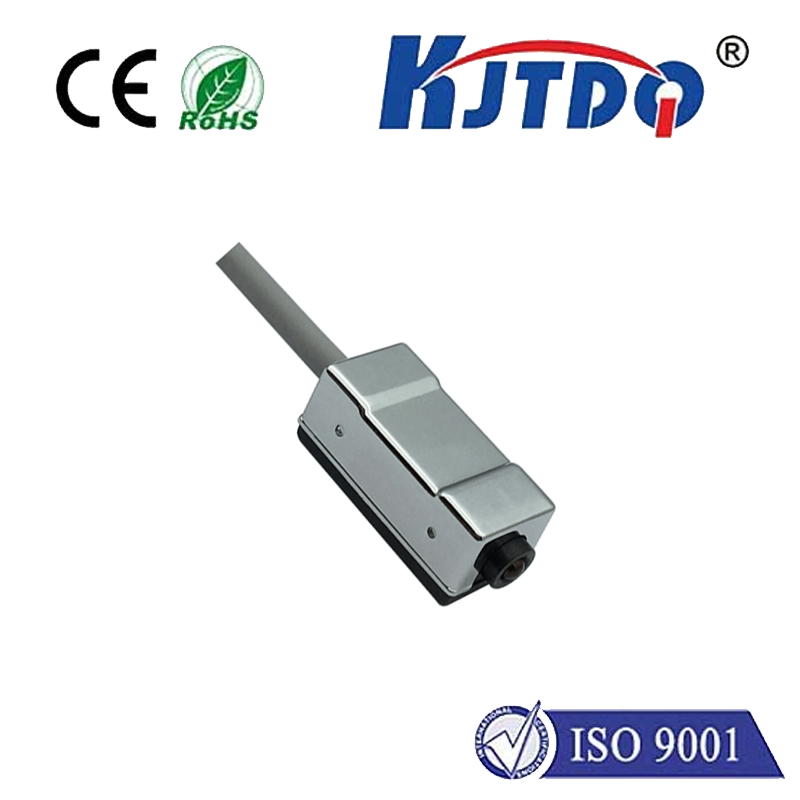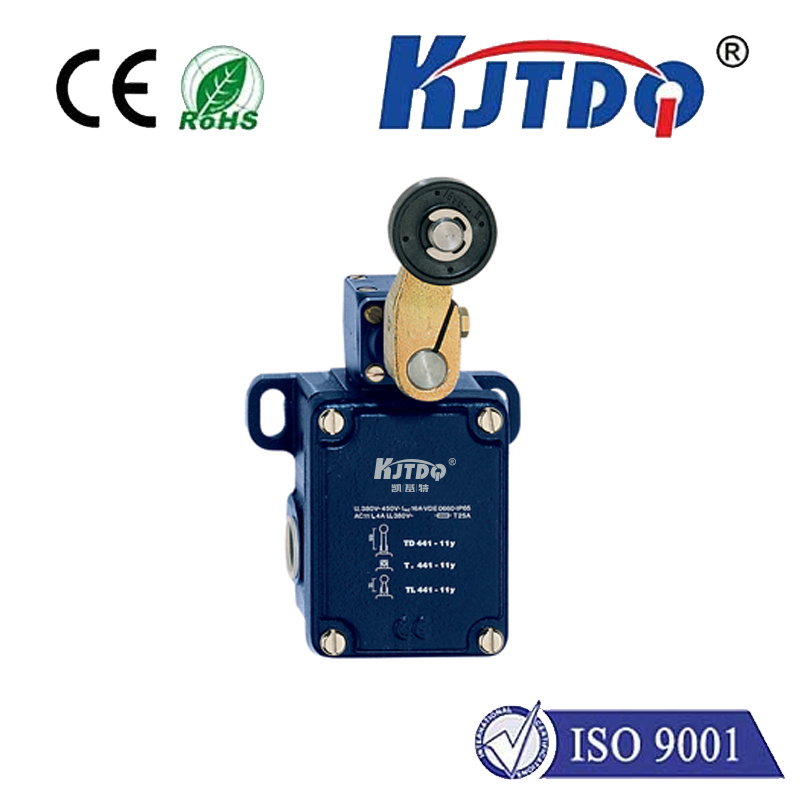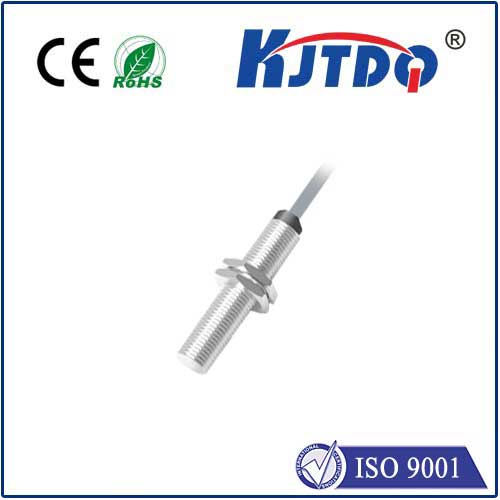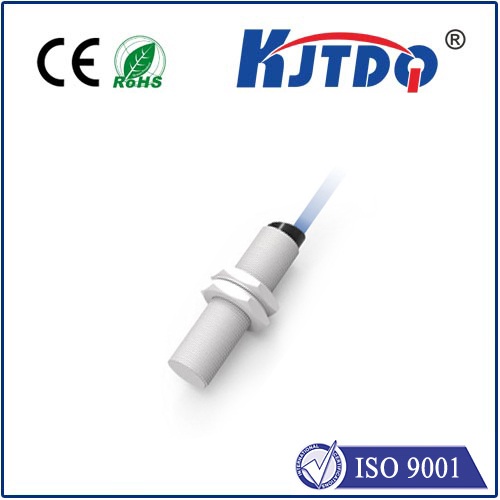photoelectric based detectors
- time:2025-07-24 02:17:54
- Click:0
Harnessing Light: The Essential Guide to Photoelectric Detectors
That sudden, piercing beep from your smoke detector? The precise counting of items speeding down a factory conveyor belt? The invisible shield protecting valuable museum artifacts? More often than not, the crucial sensing technology behind these diverse applications is the photoelectric detector. These ingenious devices, fundamental to countless modern systems, operate on a principle as elegant as it is powerful: the photoelectric effect. But what exactly are photoelectric detectors, and why are they so widely relied upon? This guide delves into their workings, advantages, and pervasive impact across industries.
The Core Principle: Light Becomes Signal
At the very heart of every photoelectric detector lies the photoelectric effect, a phenomenon famously explained by Albert Einstein, for which he received the Nobel Prize. In essence, this effect describes how certain materials (photocathodes or photodiodes are common) emit electrons when struck by photons (light particles). The key points are:
- Quantum Nature: Emission occurs only if the incoming photons possess sufficient energy (determined by their wavelength/frequency) to overcome the material’s specific “work function.” This makes the effect highly wavelength-dependent.
- Instantaneous Response: Electron emission happens virtually instantaneously upon photon absorption, enabling incredibly fast detection capabilities – often in the microsecond range or faster.
- Signal Generation: The emitted electrons (photoelectrons) create an electrical current. This photocurrent is the fundamental output signal of the detector, its strength proportional, within limits, to the intensity of the incident light.
How Photoelectric Detectors Work: Seeing the Unseen

Photoelectric detectors leverage this light-to-electricity conversion in various configurations to detect the presence, absence, distance, or characteristics (like reflectivity) of objects. The three primary operational modes are:
- Through-Beam (Opposed Mode): An emitter (light source, often an LED or laser diode) and a separate receiver (the photoelectric sensor) are positioned directly opposite each other. Detection occurs when an object interrupts the beam travelling from the emitter to the receiver. This mode offers the longest sensing distances and highest reliability for object detection as the light path is direct and strong.
- Retro-Reflective Mode: The emitter and receiver are housed in the same unit. A reflector is placed opposite the sensor. Light from the emitter travels to the reflector and bounces back to the receiver in the same unit. An object is detected when it blocks this return beam. This mode simplifies wiring but requires a reflector.
- Diffuse (Proximity) Mode: The emitter and receiver are again in the same unit. Light from the emitter travels outward and hits a target object. The object reflects some of this light diffusely back towards the receiver. Detection occurs based on the intensity of this reflected light. This mode is highly flexible for close-range detection without a separate reflector but is more susceptible to variations in the target’s color, texture, or reflectivity. Advanced diffuse sensors use background suppression techniques to improve reliability.
Why Choose Photoelectric Detection? Core Advantages
Photoelectric detectors offer a compelling combination of features that make them superior to mechanical or other sensing technologies in numerous scenarios:
- Non-Contact Operation: The sensor never physically touches the target object. This crucial feature prevents wear and tear, eliminates contamination risk (essential in food, pharma, cleanrooms), and allows detection of fragile, hot, vibrating, or moving objects.
- High Speed & Response Time: Leveraging the instantaneous nature of the photoelectric effect, these detectors excel at high-speed counting and detection on fast-moving production lines.
- Long Sensing Ranges: Through-beam sensors, in particular, can detect objects over distances ranging from centimeters up to tens or even hundreds of meters, depending on the light source and optics.
- Versatility: Capable of detecting a vast array of materials: metal, plastic, wood, glass, liquid levels, and even transparent or translucent objects (using specialized techniques).
- Resolution & Precision: Especially laser-based photoelectric sensors offer very high resolution for precise positioning, dimension checking, or detecting minute objects.
- Relatively Insensitive to Target Material Properties (Compared to Inductive/Capacitive): While diffuse mode can be affected, through-beam and retro-reflective modes primarily detect beam interruption, working reliably across many materials without recalibration.
Ubiquitous Applications: Where Light Sensing Shines
The unique advantages of photoelectric detection translate into widespread use across virtually every industry:
- Industrial Automation: The backbone of factory sensing. Used for object presence detection on conveyors, part counting, positioning control (robot guidance), fill level control in bottles/cans, web break detection, and stack height measurement. Their speed and non-contact nature are vital here.
- Safety & Security: Photoelectric beams form the basis of safety light curtains guarding dangerous machinery areas and perimeter security beams. Smoke detectors often use a scattered light principle to sense smoke particles.
- Consumer Electronics: Found in printers (paper jam detection, end-of-paper sensing), photocopiers (original document detection), automatic doors, and light-dependent controls.
- Packaging & Material Handling: Verifying package presence on filling lines, detecting labels on bottles, checking case sealing, and controlling conveyor flow.
- Transportation: Vehicle detection for traffic light control, counting axles in toll systems, and presence detection in automated guided vehicles (AGVs).
- Food & Beverage: Detecting container presence, monitoring fill levels, checking cap application, and ensuring label placement – all hygienically, without contact.
- Building Automation: Controlling lighting based on occupancy (using presence detectors) or daylight levels.
- Environmental Monitoring: Instruments measuring turbidity (water clarity) or particle concentration in air often rely on photoelectric scattering principles.
Beyond the Basics: Enhancing Performance
Modern photoelectric detectors often incorporate sophisticated features for challenging environments:
- Background Suppression (BGS): Crucial for diffuse sensors. Uses triangulation or time-of-flight principles to only detect objects within a specific distance range, ignoring objects beyond that – even if highly reflective.
- Foreground Suppression (FGS): Focuses detection beyond a certain distance, ignoring close objects.
- Digital Signal Processing: Filters out electrical noise, ambient light fluctuations, and minor target variations for consistent, reliable operation.
- Laser Diodes: Provide a highly focused beam for precise detection of small objects or long-range applications.
- Fiber Optic Sensing: Uses fiber optic cables coupled to emitter/receiver units, allowing sensing in extremely confined spaces, high temperatures, or hazardous environments where the main electronics cannot be placed.
From ensuring factory efficiency to guarding our safety and enabling smart technology, photoelectric detectors are a silent yet indispensable force in the modern world. Their ability to convert the fundamental interaction between light and matter into actionable data provides a versatile, reliable, and often superior solution for countless detection challenges. Understanding their core principle – the elegant photoelectric effect – and their diverse operational modes reveals why they remain the preferred choice wherever accurate, non-contact sensing of light or its interruption is required.






